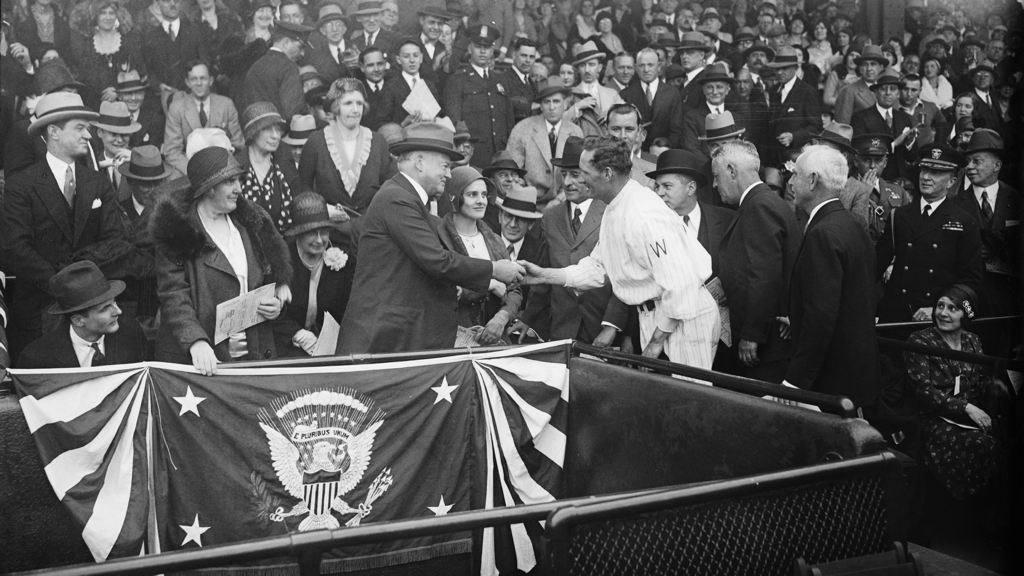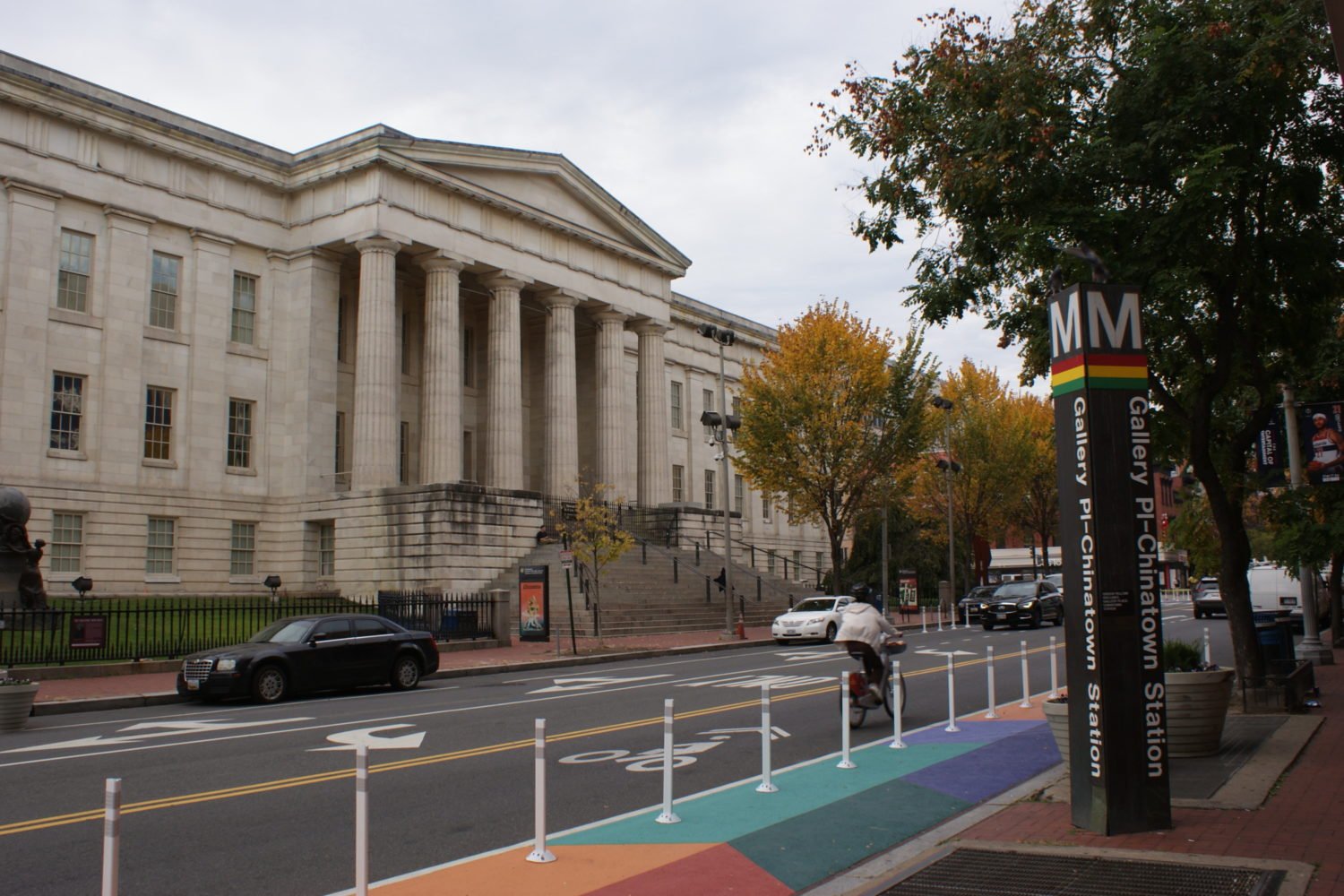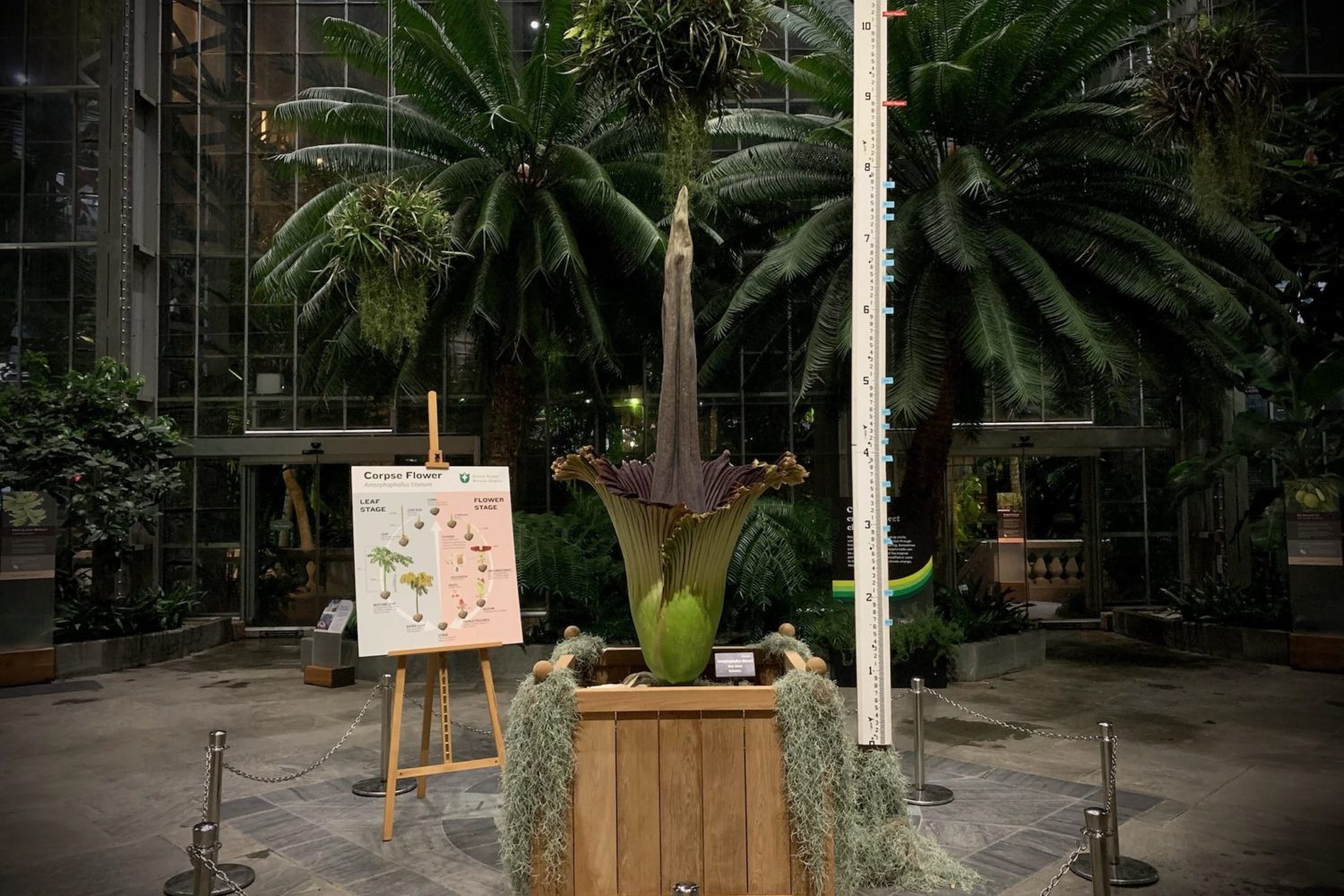Imagine a relatively successful businessman with no previous experience in elected office becoming president of the United States. While in office, he authorizes a few modest construction projects, but not enough to overcome the crippling economic downturn that sets in a few months after his inauguration. To deal with the hard times, he presides over a forced return of about half a million Mexican immigrants back across the border. He then sets off a trade war by raising tariffs on thousands of imported items, to which Canada and several European countries retaliate by upping their own duties. Trade and other international relations stall, the economy gets even worse, and even a segment of the Army rebels in the streets of Washington. Oh, and the White House literally catches on fire.
A dispatch from the administration of President Donald Trump in post-apocalyptic 2017? Nope. Just a quick outline of some of the achievements of the present-day Washington Nationals’ newest Racing President: Herbert Hoover.
For the second consecutive year, the Nationals expanded their fourth-inning diversion with the introduction of one of the country’s lesser presidents. In 2015, it was Calvin Coolidge, who in real life was a New England shut-in who barely feigned a passing interest in baseball, even though his wife, Grace, was a die-hard fan. Rather than celebrate the first lady’s fandom, the Nationals focused on Calvin Coolidge’s perfunctory attendance at a handful of Senators games, even though his ceremonial-first-pitch style had once been described as having “a windup and delivery like that of a lady throwing away a soiled glove.”
The guest spot in the Racing Presidents comes from the Nationals’ marketing partnership with the White House Historical Association, which each year sells a Christmas tree ornament based on a different president’s legacy. Unfortunately for the Nationals, though, it appears the team entered this arrangement as the WHHA works through a stretch of crummy commanders-in-chief.
Herbie’s first race: Victorious. #RacingHerbie pic.twitter.com/Ke5pOIoTT0
— Washington Nationals (@Nationals) April 10, 2016
Hoover had been a successful mining executive and humanitarian but had never stepped in politics directly before mounting a flimsy campaign for the Republican Party’s 1920 presidential nomination. He lost badly, but wound up in Washington anyway when Warren G. Harding appointed him secretary of commerce in 1921, a position he stayed in after Harding died in office and Coolidge took over. Hoover’s big moment in that job came during the Great Mississippi Flood of 1927, which devastated six southern states and displaced hundreds of thousands of African-American residents, many of whom wound up in brutal refugee camps.
While Coolidge was a laissez-faire crusader whose polices made the first stages of the Great Depression possible, the WHHA’s ornament for him was a tree festooned with presidential emblems. Hoover’s ornament is a DC fire engine—not a nod to any great political achievement, but to the fire that broke out in the West Wing during an administration party on Christmas Eve 1929, a couple months after the stock market crash that kicked off the Depression. The damage to the building was extensive.
In fairness, Hoover had much stronger baseball credentials than “Silent Cal.” Hoover played the game growing up in Iowa and Oregon, and played shortstop at Stanford until a hand injury cut short his collegiate playing days. (He stayed on the team as its business manager.) “Next to religion baseball has a greater impact on our American way of life than any other American institution,” he said in 1955.
But Hoover’s playing days and continued fandom weren’t enough to make him a popular figure when he went to games. The Senators lost five of the six games he attended at Griffith Stadium, and when Hoover attended the 1931 World Series in Philadelphia, he was greeted by a chorus of lusty boos and chants of “We want beer!” from a crowd that had clearly tired of the pro-Prohibition president.
Hoover’s attempts to fight off the Great Depression only made it worse. Smoot-Hawley Tariff Act raised fees on thousands of imported items; other nations retaliated in kind, making the economy even worse. And Hoover’s 1931 attempt to salvage the global economy by letting Germany off the hook for its World War I reparations also backfired. Hoover’s other big Depression-era initiative was to scapegoat immigrants, especially those from Mexico. A Mexican repatriation program started in 1929 led to the mostly forced return of about 500,000 Mexican immigrants. (The program continued through President Franklin D. Roosevelt’s first term.)
The Nationals’ new mascot version of Hoover, nicknamed “Herbie,” won his first race. The actual Hoover deserves no such honor. He was a lousy president who inherited a bad situation and made it even worse. But instead of whitewashing his legacy, perhaps the Nats can have some historically accurate fun with their Hoover: Set a replica White House on fire. Have the other Racing Presidents block his path by erecting a Hooverville on the warning track. Schedule a “Bonus Army Night” to remember the World War I veterans who occupied DC when the Hoover administration failed to make good on payments owed by the government.
It’s too bad for the Nationals they started this partnership with the White House Historical Association in the middle of a run of garbage presidents from the interwar period. But things should pick up in 2017. Assuming the WHHA is going in order, the next several years—Franklin Roosevelt, Truman, Eisenhower, Kennedy, Johnson, Nixon—offer far more admirable and deserving additions to the Racing Presidents than Herbert Hoover.



















